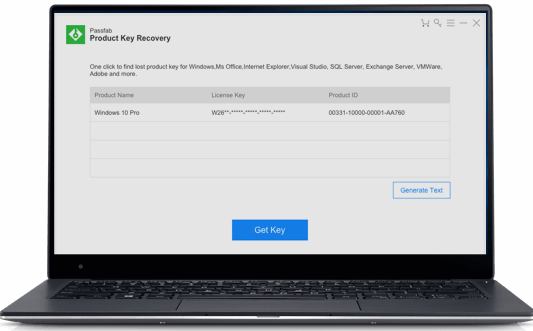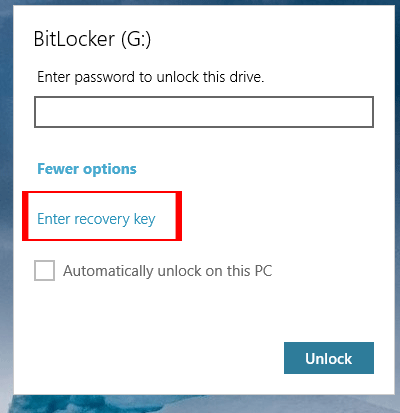
If that works, you should be able to use the new password from then on. If you just changed that password and the new password isn’t working, try the old password first. Try to log in with the Apple ID password that you use for iCloud.If that works, you can then add a password by following the steps to change your password. If the password field shows a question mark, click it to display a password hint that might help you to remember.If your keyboard has Caps Lock turned on, the password field shows a Caps Lock symbol. Make sure that you’re typing the correct uppercase or lowercase characters.If you don’t remember your password, or it isn’t working, you might be able to reset it using one of the methods described below. Click "Cancel" to permit login using alternate user credentials.Select your name from the list of users When You Don’t Know Your Password Follow the onscreen instructions to create a new password if desired, then click "Reset Password" when done.ĥ. Click the ">" button following ".reset it using your Recovery Key"Ĥ. On the client Mac, start up from the startup disk and from the login screen, click the "?" button in the "Enter Password" field.Ģ. To unlock and boot a FileVault-encrypted startup disk:ġ. Use Disk Utility to save image of startup disk to external drive or quit Disk Utility and open Terminal to use ditto to copy data to external drive. Enter recovery key in password field and click "Unlock".ĥ. Select startup disk in left-hand sidebar and click "Mount".Ĥ.

Select "Disk Utility" and click "Continue".ģ. On the client Mac, start up from macOS Recovery by holding Command-R during startup.Ģ.

To unlock and access the startup disk's FileVault-encrypted data:ġ. For information on retrieving a recovery key, click here. A FileVault 2-encrypted startup disk can be unlocked using a recovery key provided by CIS if a Mac user's password is forgotten.


 0 kommentar(er)
0 kommentar(er)
